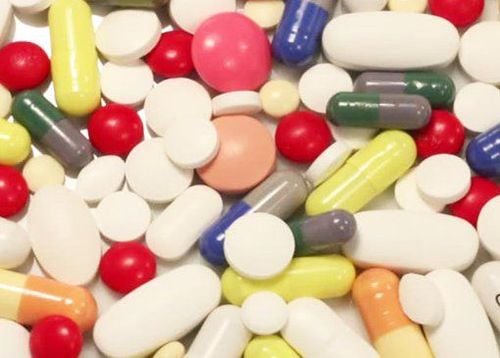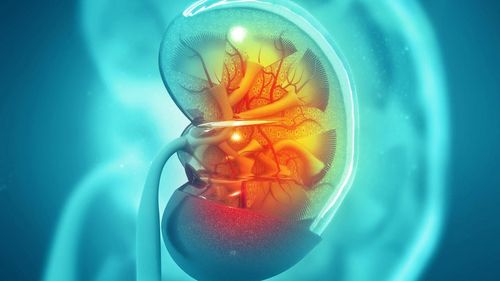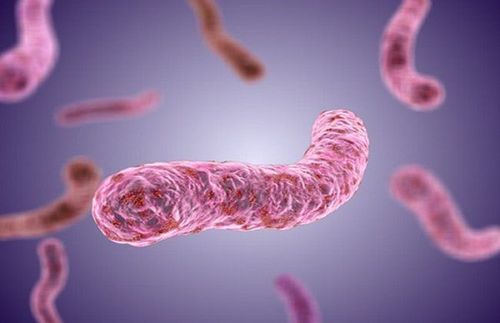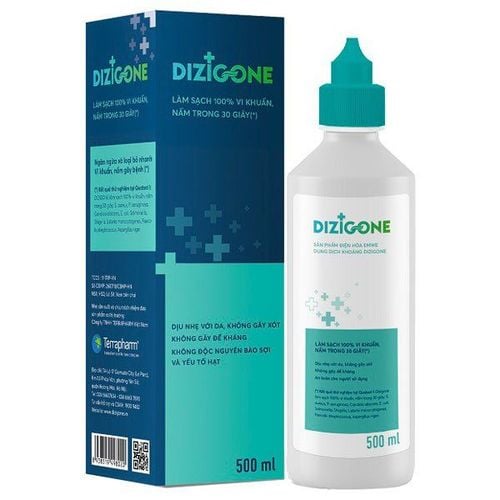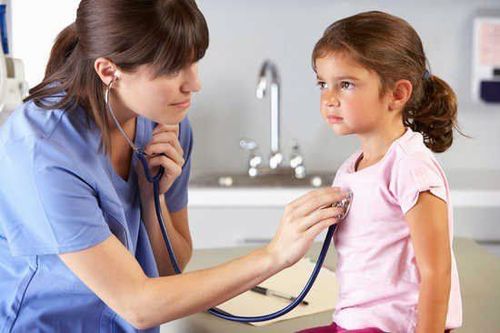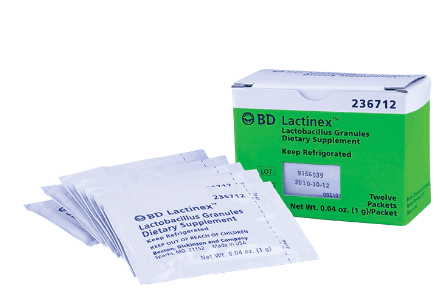This is an automatically translated article.
The article was professionally consulted by Specialist Doctor I Le Thi Thu Hang - Dermatologist - Department of Medical Examination & Internal Medicine, Vinmec Hai Phong International General HospitalSkin is the largest organ on the body and is also the place that is constantly exposed to the external environment. There are millions of bacteria that live on the skin, both good and bad, creating a balance for the skin's biological barrier.
1. Skin - home to millions of bacteria
The skin is likened to an armor capable of protecting the human body against harmful agents, especially disease-causing bacteria. However, according to research, every centimeter of skin contains up to 1 million bacteria. The skin is home to more than 500 different species of bacteria, including beneficial bacteria and harmful bacteria. The two types of bacteria present on the skin will control each other to create a microbial balance, helping the body to fight external threats.Each skin area will have different species of bacteria residing, depending on the conditions of each area. Normally, microorganisms on the skin grow in three environments: sebaceous or oily areas (head, neck and trunk areas), moist areas (the folds of the elbows and between the toes). and dry areas (arms, legs, thighs, etc.). Oily, wet skin has more bacteria, and dry skin has less bacteria. Factors that reduce the number of microorganisms on the skin include: low pH, fatty acids of mucus secretions and lysozymes.
Most strains of bacteria on the skin are harmless, even beneficial to the body. Specifically, they protect the body against pathogenic bacteria by secreting substances that prevent the growth and development of harmful bacteria. In addition, some other beneficial bacteria protect the body against pathogens by alerting immune cells and triggering an immune response. However, certain strains of microorganisms on the skin can cause serious health problems: mild infections (boils, abscesses, cellulitis) or severe infections (meningitis, poisoning) food).
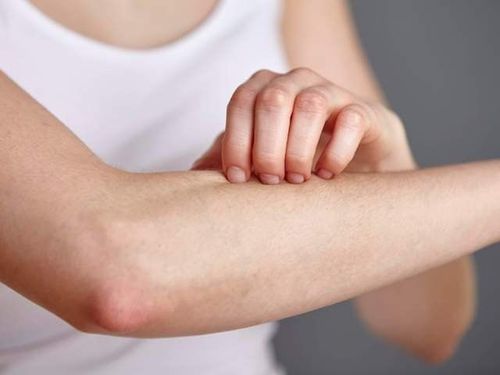
2. Common types of microorganisms on the skin
2.1 Propionibacterium acnes bacteria
Propionibacterium acnes is an anaerobic bacterium that thrives in environments with low oxygen concentrations. They use sebum produced by the sebaceous glands in the skin and hair follicles as energy for growth and development. Sebum is a lipid composed of fat, cholesterol, and a mixture of other lipids. When the skin is not cleaned, sebum will accumulate more and more, leading to clogged pores, creating a favorable environment for Propionibacterium acnes bacteria to multiply. When proliferating to a certain extent, Propionibacterium acnes bacteria will cause inflammation, leading to the formation of pustules or even cysts.2.2 Staphylococcus Cholermidis
The bacteria Staphylococcus cholermidis is usually harmless to the skin. Not only that, it also creates a biological barrier, helping to protect the skin from harmful agents such as dust, chemicals or other harmful bacteria.However, when the balance of microorganisms on the skin is disrupted, Staphylococcus cholermidis bacteria can enter the body and cause negative effects on the immune system. This bacteria can infect people who are using implanted medical devices such as catheters, prostheses, pacemakers, and artificial valves. Staphylococcus cholermidis is also one of the leading causes of hospital-acquired infections, and they are becoming increasingly resistant to antibiotics.
2.3 Genus Corynebacterium
The genus Corynebacterium includes both pathogenic and non-pathogenic bacteria. Specifically, a species of bacteria in this genus, Corynebacterium Diphtheriae, produces the toxin that causes diphtheria, an infection that affects the throat, nasal mucosa, and skin lesions. If not treated promptly, the disease can damage the kidneys, heart and nervous system.2.4 Staphylococcus aureus (staphylococcus aureus)
Staphylococcus aureus or Staphylococcus aureus is a common bacteria on the skin, usually found in the skin, nasal cavity and respiratory tract. Staphylococcus aureus has a high pathogenicity rate and is resistant to very strong antibiotics. Staphylococcus aureus bacteria are usually spread through body contact, when sticking to skin breaks, cuts. When they enter the body's internal systems, they can cause infection or some other serious illness or even death.
2.5 Streptococcus spp. (Streptococcus)
Streptococcus spp. Streptococcus is a type of bacteria that normally resides on the skin and throat. In most normal cases, in healthy people they will not cause any health problems. However, in people with immune disorders or weakened skin resistance, Streptococcus spp. may have a chance to attack.Streptococcus spp. Infections can range from mild to severe, even life-threatening. Some common diseases caused by streptococcus are strep throat, scarlet fever, impetigo, toxic shock syndrome, necrotizing fasciitis, sepsis, and acute rheumatic fever.
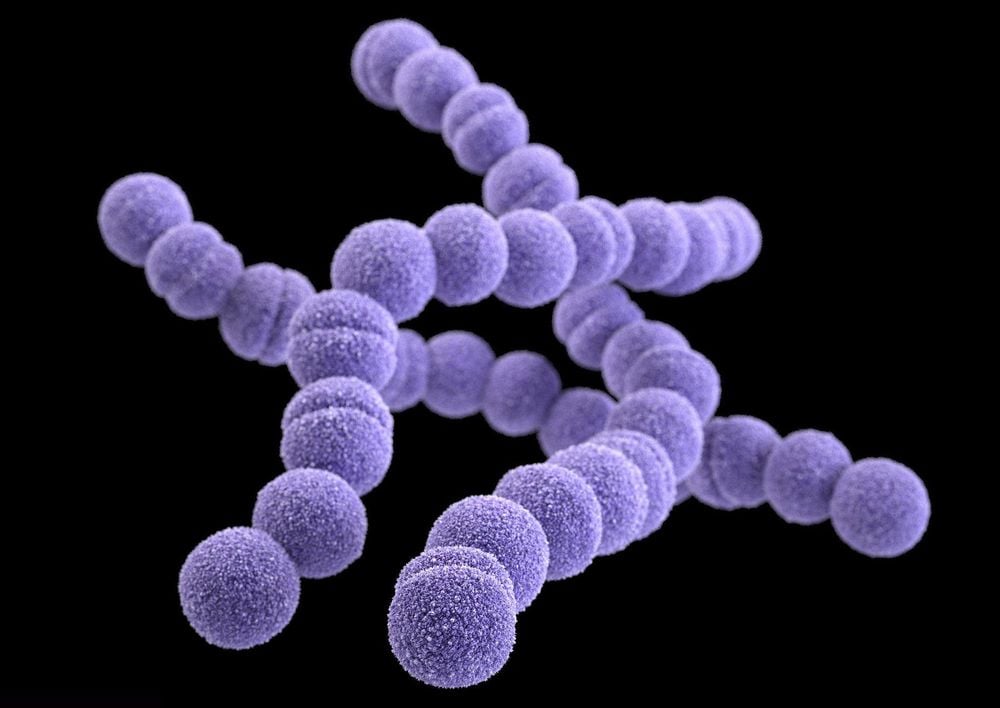
3. Measures to maintain biological balance on the skin
The microflora on the skin is easily changed by unhealthy lifestyle habits (smoking, drinking alcohol, or stress,...) or harmful external factors such as smoke and dust. , pollution, chemicals,... This weakens the strength of the biological barrier on the skin, leaving the skin vulnerable to attack by harmful agents. Not only that, harmful bacteria residing on the skin can take advantage of the time when the skin's resistance is weakened to invade the body, causing diseases: colds, gastrointestinal infections, urinary tract infections respiratory or more serious is blood infection,...Therefore, maintaining the balance of microorganisms on the skin will create a solid biological barrier, helping the skin to be healthier. Specifically, each person should pay attention to skin care according to the following instructions:
Have a scientific diet, full of nutrients, should eat a lot of green vegetables and fresh fruits; Maintain a healthy lifestyle, do not smoke, limit alcohol consumption, do not overwork and avoid prolonged stress and fatigue; Drink enough water; Exercise regularly; Properly clean the body with suitable skin care products, limiting the overgrowth of harmful bacteria on the skin. The skin is home to millions of beneficial and harmful bacteria. Every person needs to take measures to control the growth of pathogenic bacteria on the skin and maintain the existence of beneficial bacteria, ensuring the integrity of the biological barrier, helping to protect health. skin.
Please dial HOTLINE for more information or register for an appointment HERE. Download MyVinmec app to make appointments faster and to manage your bookings easily.





